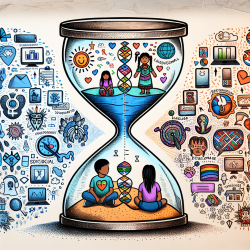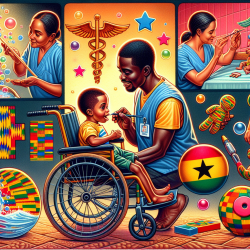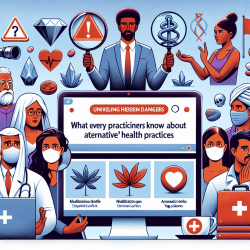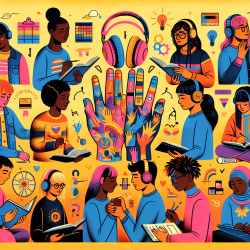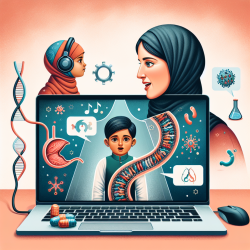Introduction
In recent years, the topic of screen time and its impact on children's development has gained significant attention. A recent study titled Screen Time and Socioemotional and Behavioural Difficulties Among Indigenous Children in Canada provides valuable insights into how screen exposure affects Indigenous children, specifically First Nations, Métis, and Inuit populations. As practitioners dedicated to fostering positive outcomes for children, it is crucial to understand these findings and consider their implications in our practice.
Key Findings
The study utilized data from the Aboriginal Children's Survey, focusing on children aged 2-5 years. It revealed that screen time exposure is notably high among Indigenous children, with 79.7% exceeding the recommended guidelines of less than one hour per day. Specifically, First Nations children averaged 2 hours and 58 minutes per day, Métis children 2 hours and 50 minutes, and Inuit children 3 hours and 25 minutes.
After adjusting for confounding variables such as child age, sex, and parental education, the study found that increased screen time was associated with more socioemotional and behavioral difficulties in First Nations and Métis children. However, this association was not statistically significant among Inuit children.
Implications for Practice
For practitioners working with Indigenous children, these findings underscore the importance of monitoring and managing screen time. Here are some strategies to consider:
- Educate Parents: Share information about the recommended screen time guidelines and the potential impacts of excessive screen use on children's development.
- Encourage Alternative Activities: Promote activities that support cognitive, social, and emotional development, such as outdoor play, storytelling, and cultural practices.
- Collaborate with Families: Work with families to create balanced routines that include limited screen time and emphasize family interactions and traditional practices.
- Advocate for Resources: Support initiatives that provide resources and support for Indigenous families to reduce screen time and enhance developmental opportunities.
Encouraging Further Research
While this study provides important insights, further research is needed to explore the causal relationships between screen time and developmental outcomes in Indigenous children. Practitioners are encouraged to stay informed about ongoing research and consider participating in studies that seek to understand these dynamics better.
To read the original research paper, please follow this link: Screen Time and Socioemotional and Behavioural Difficulties Among Indigenous Children in Canada: Temps d'écran et difficultés socio-émotionnelles et comportementales chez les enfants autochtones du Canada.
